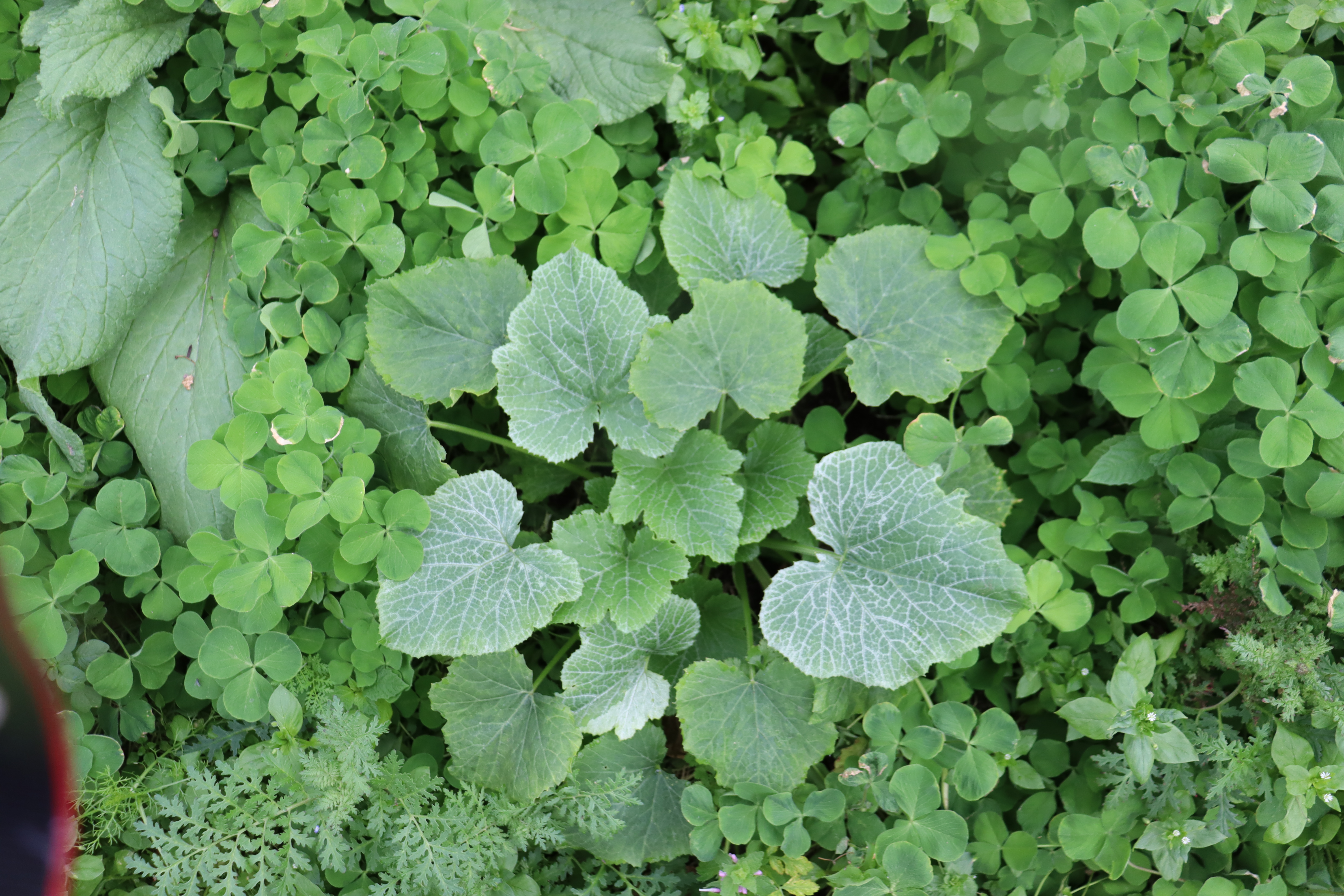2 Ways to Transition from Greencrop to Crop


Greencrops are such good soil builders, that you don't need to use as much compost when you regularly incorporate them into your crop rotation. A big win if you're aiming for most of your compost to be homemade.
Here are three ways to get good at incorporating greencrops into your garden life. .
- Practise my simple crop rotation
- Learn to make your own greencrop seed mixes
- Master the transitions, from crop to greencrop - read on!
1. From greencrop to seedling, gradually!

Do this if you are transplanting seedlings or if the weather is extreme - too hot, too wet, too cold. Seedlings speed along, in this protected, networked environment.
Cut back just enough greencrop to create a pocket that fits your seedling and gives it enough light and air. Add a good dollop of compost.
- If you are on sandy soils, go down - scope out a divet before composting.
- If you are on heavy soils, go up - make a mound of compost.
- If its hot and sunny, leave some greencrop shoots to act as umbrellas.
- If its cool and damp, trim back harder for more light and airflow
- If soil is tight, aerate it once or twice before composting: slide your fork in, pull the handle back slightly to crack the surface before pulling your fork out.
Plant then, sprinkle the chopped greencrop as mulch. Continue to chop and drop the greencrop as the new crop grows and needs more space + light.
2. From greencrop to direct sown seed

Do this if you are wanting to direct sow seed, or if your soil is bone dry.
Slash your greencrop back, and pile the slashed down crop beside the bed as you go. Leave the roots in as best as possible, they're covered in soil biology that we want to stay!
Next move is to check soil moisture. If it is parched, follow along these ways - it must be rehydrated before sowing the seeds.
Spread a fine layer of compost, sow the seed and sprinkle the greencrop slash back on top - it will melt into the soil surprisingly quickly, feed up the microbes which in turn feed up your plants.
